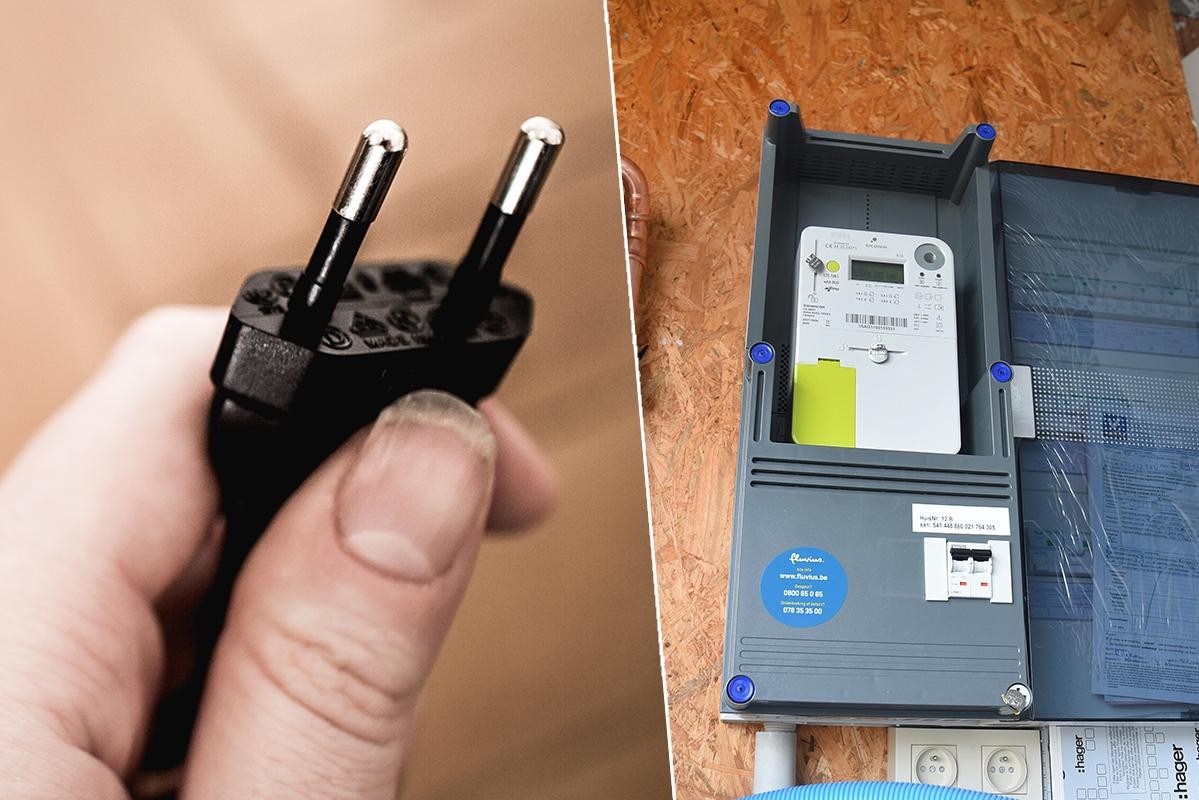The year 2021 was marked by several astronomical events, including eclipses, superluas and even meteor showers. The phenomena will continue to stir the skies in 2022, with several of them being visible from Brazil.
Among the eclipses, four will take place this year, according to information from astronomer Geovandro Nobre, from the Rei do Universo Astronomical Observatory channel, on YouTube.
On April 30th there will be a partial solar eclipse, when the moon only covers part of the sun. It will be visible throughout most of the southeastern Pacific Ocean and southern South America, but not in Brazil.
The total lunar eclipse takes place on May 16, when the moon will become darker with a blood red tone. The phenomenon will be visible in Brazil, across North America, as well as Greenland, the Atlantic Ocean and parts of West Africa and Western Europe.
The next partial solar eclipse takes place on the 25th of October, which will be best seen from Central Russia and Kazakhstan. On November 8th, there is a total lunar eclipse, the last of the year. It will be visible from eastern Russia, Australia and Japan.
Superlua
The first supermoon of the year takes place on June 14th, when it will be closest to Earth, and to the naked eye it appears 30% larger and 14% brighter than a micromoon.
The next takes place on the 13th of July, when the moon will have its face fully illuminated and close to its closest approach to the earth. The last supermoon of the year takes place on August 12, with the same characteristics as the previous ones. All can be seen from Brazil.
Meteor showers
The first meteor shower of the year (Quadrantids) takes place on the 3rd and 4th of January, with up to 40 meteors per hour at its peak. Best viewing will be after midnight
On April 22nd and 23rd, the Liride meteor shower occurs, of the average type, which produces up to 20 meteors per hour and can produce bright dust trails. On the 6th and 7th of May the skies will have the Eta Aquaridas meteor shower, considered above average with around 60 meteors per hour at its peak.
On August 12th and 13th there will be the Perseid meteor shower, one of the best to observe as it produces a large number of bright meteors, according to Geovandro Nobre.
On December 13th and 14th, there is the Geminidia meteor shower, considered the best in the skies, which produces up to 120 meteors per hour at its peak. Annually, the phenomenon occurs from the 7th to the 19th of December, but the peak of 2022 happens on the night of the 13th and the early morning of the 14th. According to the astronomer, the best visualization will be after midnight.
– .


